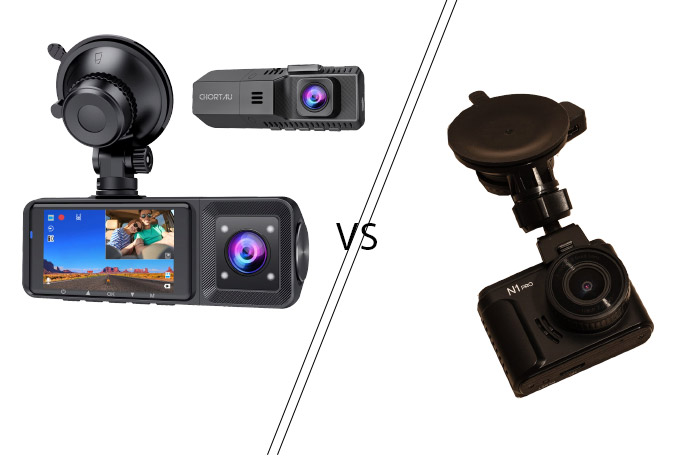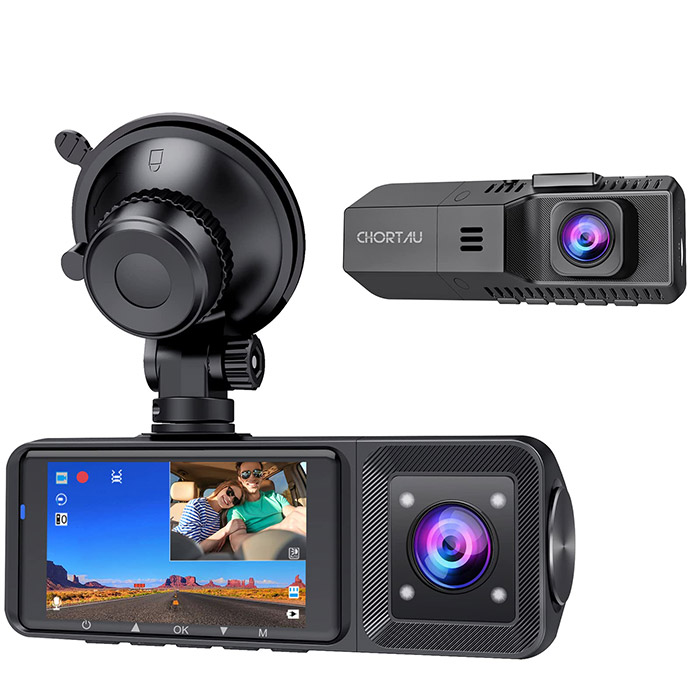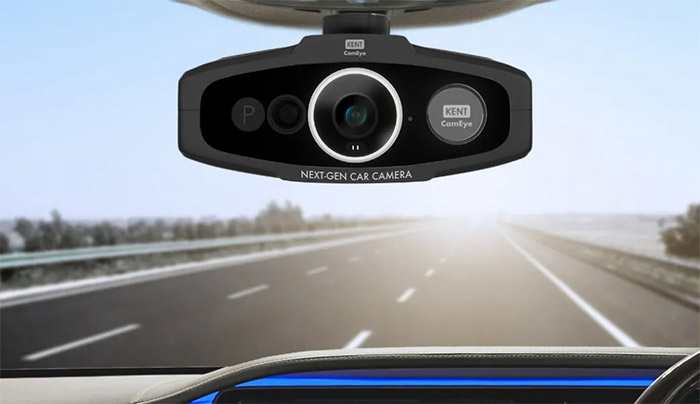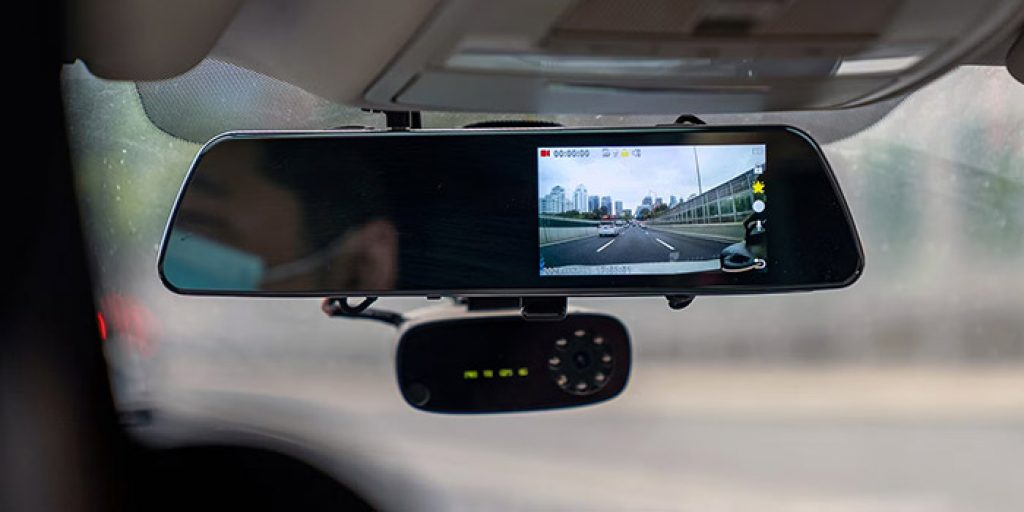Dash cams have become increasingly popular in recent years as they can provide video evidence in case of accidents or disputes on the road. A front and rear dash cam setup can provide even more comprehensive coverage, capturing both the front and rear views of your vehicle. However, there are a few important things to consider before purchasing a front and rear dash cam setup. In this article, we’ll cover the key factors to consider before making a purchase.
1. Introduction
Dash cams are small cameras mounted on the dashboard or windshield of a vehicle that record video footage while driving. They are designed to capture footage of accidents, road rage incidents, and other events on the road. A front and rear dash cam setup can provide even more comprehensive coverage, capturing both the front and rear views of your vehicle.

2. Why Get a Front and Rear Dash Cam?
A front and rear dash cam setup provides a number of benefits over a single front-facing dash cam. Firstly, it provides comprehensive coverage of both the front and rear views of your vehicle. This can be particularly useful in case of a rear-end collision, where the rear camera can provide valuable evidence. Additionally, a rear-facing camera can deter would-be thieves or vandals, as they will be captured on camera if they attempt to tamper with your vehicle.

3. Types of Front and Rear Dash Cams
There are two main types of front and rear dash cam setups: dual lens dash cams and separate front and rear dash cams.
Dual Lens Dash Cams
Dual lens dash cams have two cameras built into a single unit. One camera is mounted on the front of the vehicle, and the other is mounted on the rear. These cameras are usually connected by a cable that runs through the interior of the vehicle. Dual lens dash cams are typically more expensive than separate front and rear dash cams, but they offer a more streamlined installation process and a more compact design.

Separate Front and Rear Dash Cams
Separate front and rear dash cams consist of two separate cameras that are mounted on the front and rear of the vehicle. These cameras are connected by a cable that runs through the interior of the vehicle. Separate front and rear dash cams are typically less expensive than dual lens dash cams, but they can be more difficult to install and may take up more space on the dashboard.
4. Features to Look for in a Front and Rear Dash Cam
When shopping for a front and rear dash cam setup, there are several key features to look for.
Video Quality
Video quality is one of the most important factors to consider when purchasing a front and rear dash cam setup. Look for a camera that records at least 1080p resolution. Higher-end cameras may record at 4K resolution, but this may not be necessary for most users.

Field of View
The field of view of a dash cam refers to the area that the camera can capture. Look for a camera with a wide field of view, ideally at least 140 degrees. This will ensure that the camera can capture as much of the road as possible.
Night Vision
Many accidents occur at night, so it’s important to choose a front and rear dash cam with good night vision capabilities. Look for a camera that has infrared lights or other features that can improve visibility in low-light conditions.

GPS Functionality
Some front and rear dash cams come with GPS functionality, which can be useful for tracking your location and speed. This information can be helpful in case of an accident, as it can provide additional evidence of what happened.
Parking Mode
Parking mode is a feature that allows the dash cam to continue recording even when the car is parked and turned off. This can be useful for capturing footage of accidents or other incidents that occur while the car is parked.
Wi-Fi and Mobile App Support
Many modern front and rear dash cams come with Wi-Fi connectivity and mobile app support. This allows you to view footage on your smartphone or tablet, making it easy to share footage with others or save it for later.
Storage Capacity
Front and rear dash cams record video footage continuously, so it’s important to choose a camera with sufficient storage capacity. Look for a camera that supports high-capacity microSD cards, ideally 128GB or more.
5. Installation
When installing a front and rear dash cam setup, there are a few important factors to consider.
Wired vs. Wireless
Some front and rear dash cam setups are wired, meaning that the cameras are connected to the main unit via cables. Wireless setups, on the other hand, use a Wi-Fi or Bluetooth connection to transmit footage to the main unit. Wired setups are typically more reliable, but wireless setups can be easier to install.
Placement of Cameras
When installing a front and rear dash cam setup, it’s important to choose the right placement for the cameras. The front camera should be mounted on the windshield or dashboard, while the rear camera should be mounted on the rear window or bumper. Make sure to choose a location that provides a good view of the road and doesn’t obstruct your view while driving.
6. Conclusion
A front and rear dash cam setup can provide comprehensive coverage of your vehicle, capturing both the front and rear views of the road. When shopping for a front and rear dash cam, it’s important to consider factors such as video quality, field of view, night vision, GPS functionality, parking mode, Wi-Fi and mobile app support, and storage capacity. Additionally, it’s important to choose the right installation method and camera placement for your vehicle.
7. FAQs
- Do I need a front and rear dash cam?
- How much does a front and rear dash cam setup cost?
- How do I install a front and rear dash cam setup?
- Can I view footage from my front and rear dash cam on my smartphone?
- How long do front and rear dash cam recordings last?



